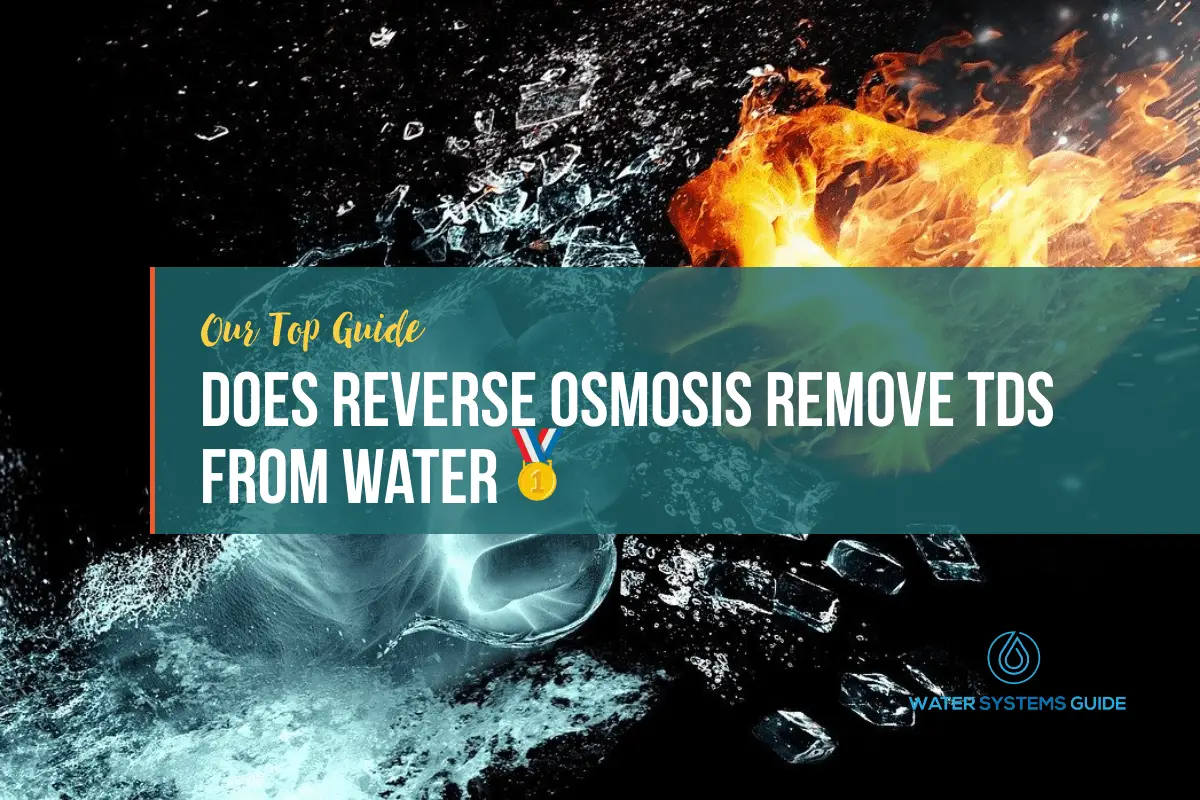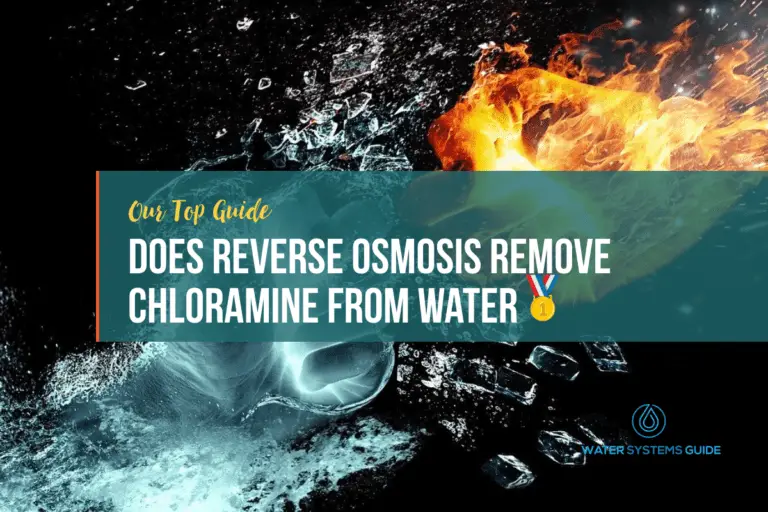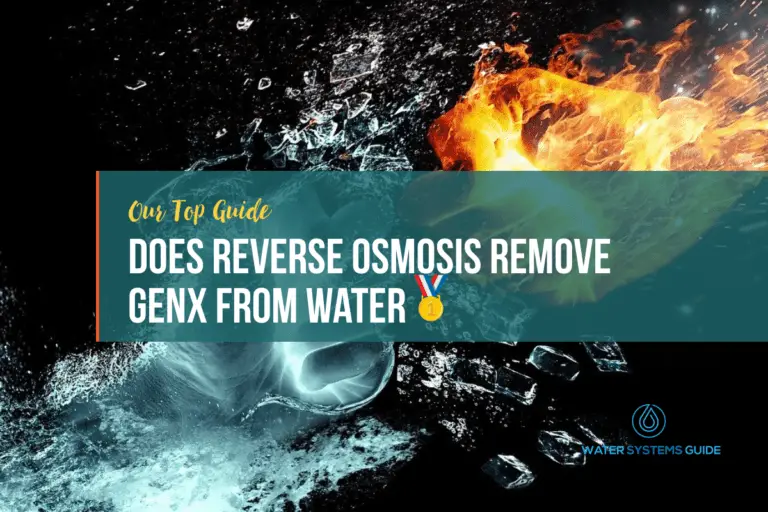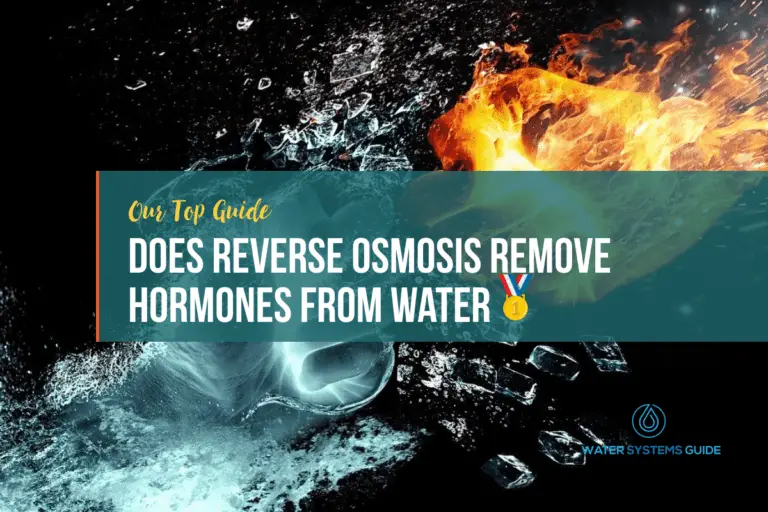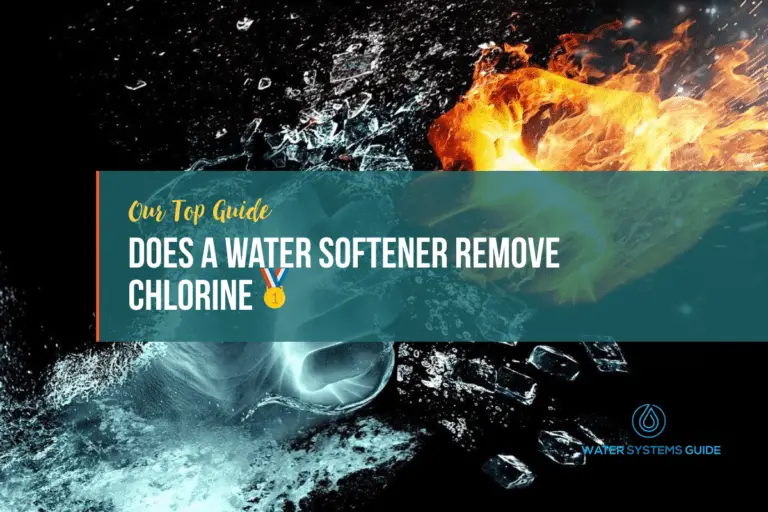Does Reverse Osmosis Remove TDS From Drinking Water
In this article, we’re going to be discussing whether reverse osmosis is effective at removing total dissolved solids from water.
What Exactly Are TDS?
TDS is an abbreviation for Total Dissolved Solids. TDS is a measure of the combined content of all inorganic and organic substances contained in a liquid in molecular, ionized or micro-granular (colloidal sol) suspended form.
The principal application of TDS is in the measurement of water purification systems where the removal of dissolved minerals is required. The total concentration of dissolved minerals in water is generally referred to as hardness.
How Does TDS Get Into Our Water Supplies?
TDS (Total Dissolved Solids) is a measure of all the inorganic and organic matter in water. It’s what’s left behind after water evaporates. TDS can come from many sources, including runoff from roads and farms, leaching from soil and rocks, effluent from sewage treatment plants, and even household plumbing.
TDS levels in surface water (like rivers and lakes) are usually highest during periods of heavy rainfall or snowmelt, when more runoff enters the water.
Groundwater typically has higher TDS levels than surface water because it has been in contact with rock and soil for longer periods of time.
Does RO Remove TDS from Drinking Water?
Reverse osmosis (RO) is a type of water filtration that removes impurities from water by forcing it through a semipermeable membrane. RO systems are commonly used to remove dissolved minerals, such as calcium, magnesium, and potassium, from water.
How to test your water supply for tds?
To test your water supply for total dissolved solids (TDS), you will need a TDS meter. A TDS meter is an electronic device that measures the number of dissolved minerals in a given sample of water.
To use one, simply fill a cup with your water sample, and then insert the electrode of the meter into the water. The meter will then display a tds reading in parts per million (ppm) of dissolved solids present in the water.
Alternatively, you can send a sample of your water to a local laboratory for testing/analysis.
Finally, you can hire a professional, who will take care of the entire process, as well as advise you about whether water treatment is necessary.
What else does reverse osmosis remove from water?
Alternative Methods Of Removing TDS From Water
While RO systems are effective at removing TDS from water, they are not the only option.
Other methods of water filtration, such as distillation and carbon filters, can also remove TDS from water.
Conclusion
With that being said, once you’ve decided on a system, it’s better to use a point-of-entry (POE) RO filtration system, such as a whole house RO system, as this will take care of your entire home’s water supply. This differs from a point-of-use (POU) system which would only treat water at the faucet, I.E. an under-sink RO system.

